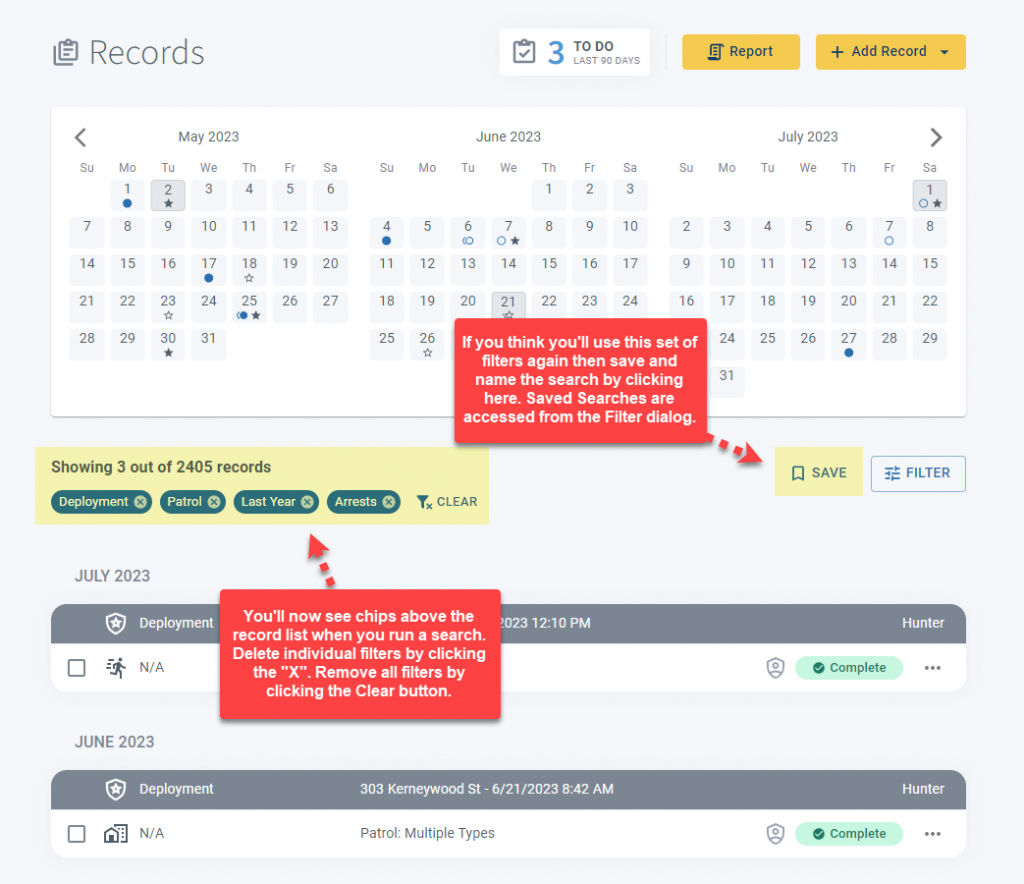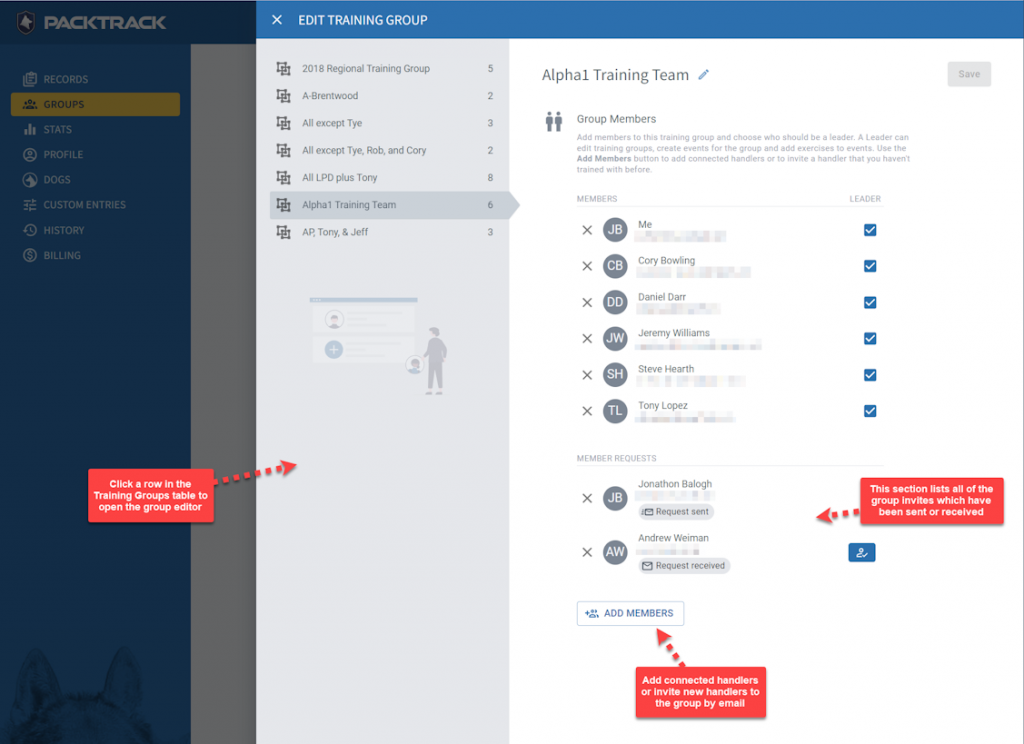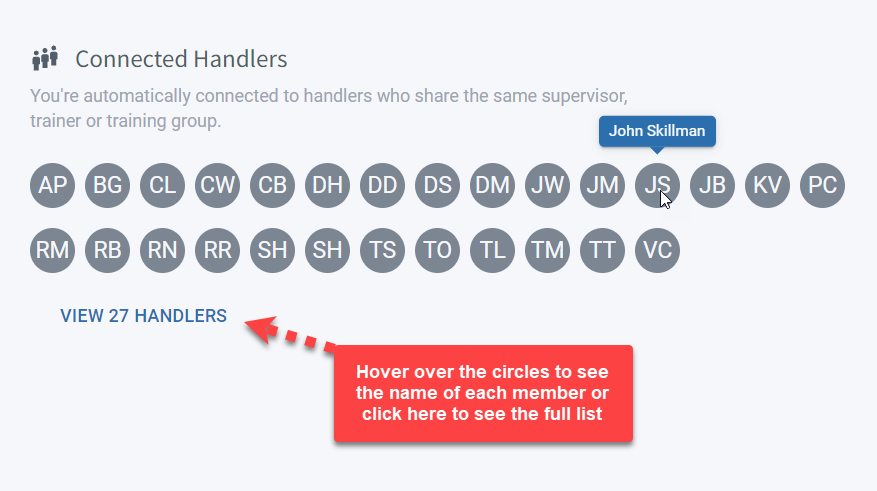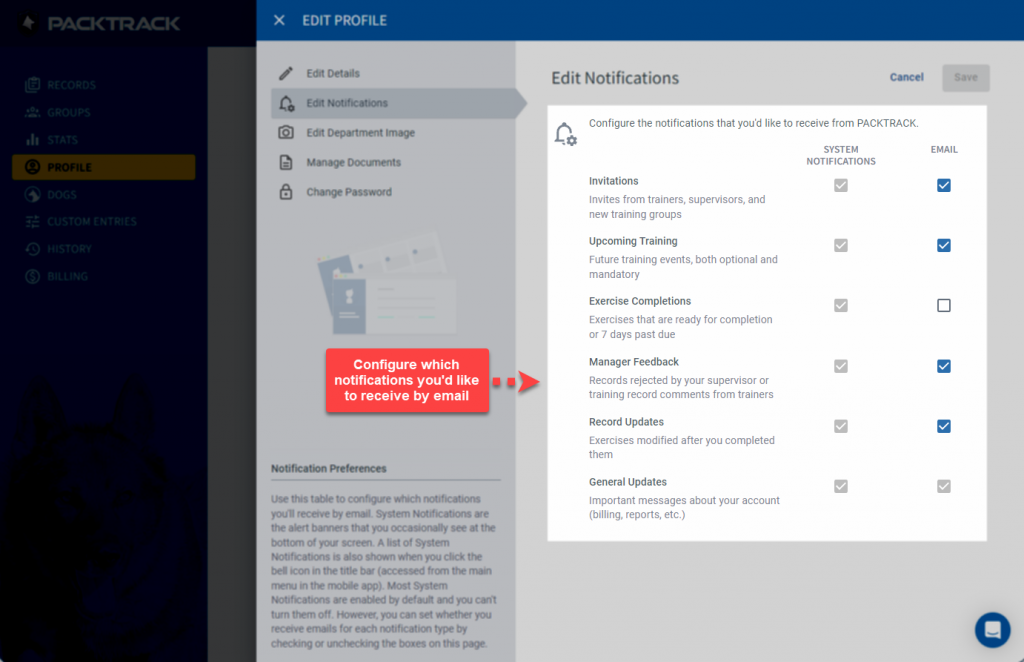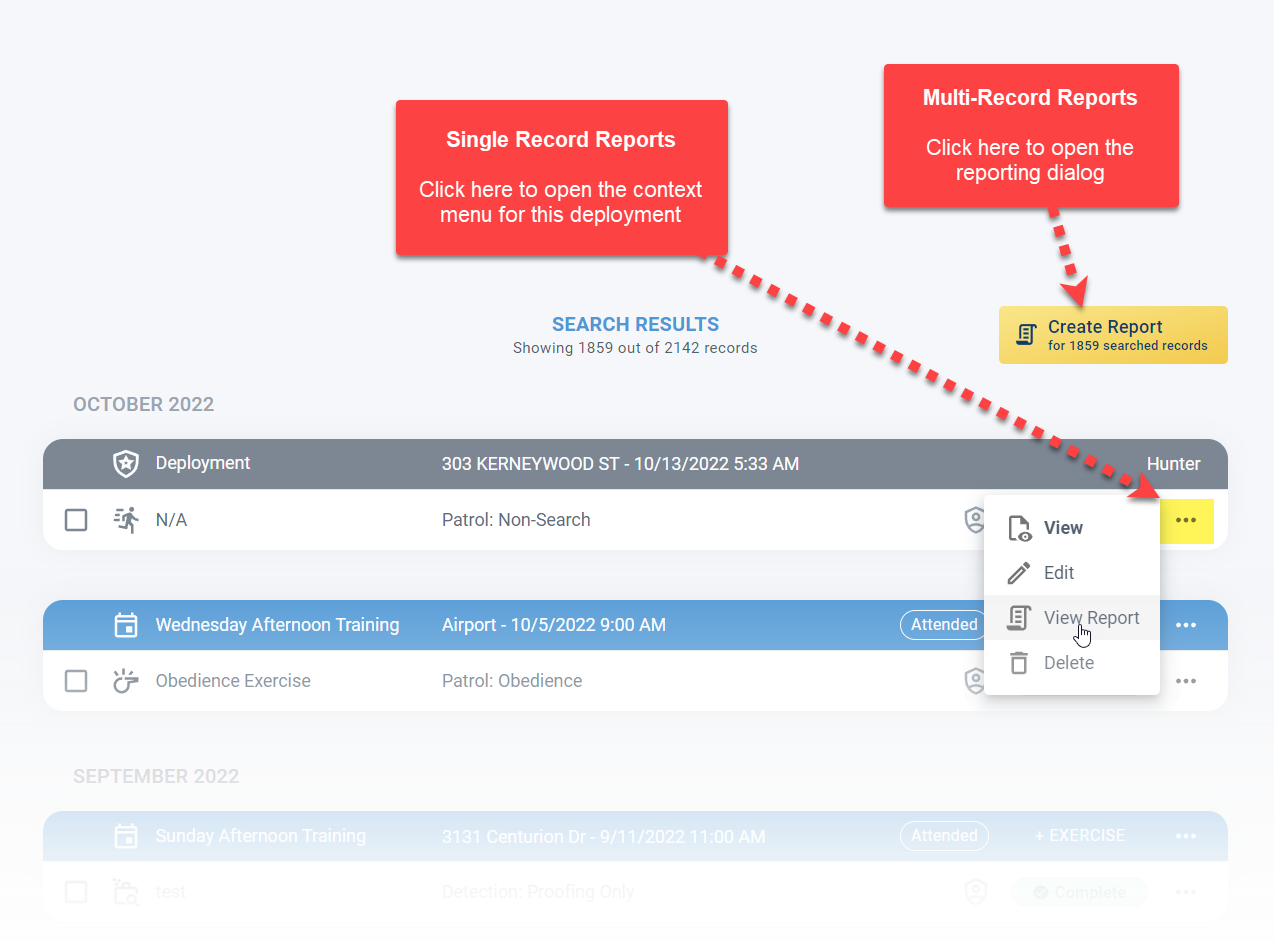In the ever-evolving landscape of law enforcement, transparency and accountability are paramount. Departments continue to adapt to improve practices and build trust in their communities with fair policing. With the introduction of demographic data collection for arrests, PACKTRACK gives you another tool to boost your effectiveness and potentially defend yourself or your department against charges of bias.
As with all PACKTRACK features, it’s fast and easy to enter this data using our convenient mobile apps for iPhone and Android or the mypacktrack.com website. By doing so, you’ll unlock helpful data-driven insights that can inform decision-making and community engagement.
Demographic Data Collection
Demographic data is now mandatory for all new deployments with arrests. The 3 required fields are Race/Ethnicity, Sex and Age. Patrol deployments continue to include fields for People Found, Unintentional Bites and whether the Subject Was Bitten.
Each deployment report appropriately displays the provided demographic arrest data.
Demographic Insights
With this new data, the Deployment Summary report is expanded to include 2 sets of demographic charts. The first summarizes arrests and the second breaks down the demographic data for arrests with bites. This information helps to answer questions such as whether certain racial or ethnic groups are overrepresented in arrests or if there might be a gender or age bias in specific types of offenses. The reporting system allows you to isolate the demographic data for any segment you want: detection, patrol, specific handlers, requesting agency, location, odor type, etc.
This feature update includes a variety of related report improvements. For example, we’ve revised the supervised handlers statistics summary for the Deployment Log and Deployment Summary reports to include more data.
Thank you for all of your feedback which helps us extend and improve the PACKTRACK service. As we refine and expand this feature and others, we remain committed to fostering positive relationships between law enforcement and the communities they serve. Have comments on this update or anything else about PACKTRACK? Let us know.








